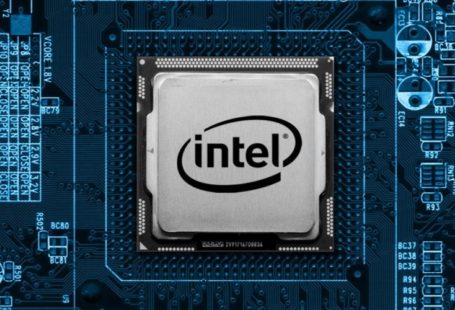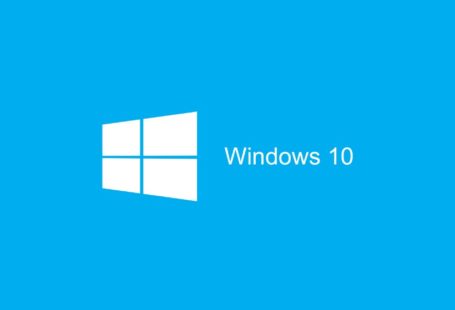Paul Thurrot throws new adoption data for Windows 10, which is now active on 200 million devices around the globe. Thurrot is a little bit overoptimistic with comparisons with Windows 7:
Despite the availability of Windows 10 on new device types, the average monthly usage gain over the past quarter was 31.25 million units per month. That is dramatically better than the standard-bearer, Windows 7, which was artificially massaged to accomplished 20 million units per month.
That would be a great reference, but there’s one thing missing in Thurrot’s argument. Windows 10 is a free update.
It has been so since its launch and will be free for another six months. And saying that Windows 10 monthly usage is so huge isn’t such a big deal when you take into account that you actually had to pay for a Windows 7 license.
I’m not a big fan of Apple, but you should consider what happened with OS X 10.9 Mavericks, the first version of that operating system that was available as a free update from Mountain Lion. In five months Mavericks had a 40 percent share in the US on Mac based computers. An image is worth a thousand words:

If you put that into context and compare that first free version of OS X with this free update for Windows 10, something is clear.
Windows 10 has a 9.96 percent market share globally (data from Chikita in March 2014 was just US based, that’s true), while Windows 7 is over 55 percent. And the 200 million devices include devices like the Xbox One, not just desktop PCs and laptops. The numbers are good, but not that good.
I asked here why Windows users don’t upgrade to Windows 10 and the answer was interesting: privacy concerns was the clear reason for almost half of the respondents. Microsoft made some mistakes on this launch, and I’m affraid that concerns have not been solved to this day. Microsoft is actually forcing the update, which is not a smart thing to do for the vast majority of traditional Windows users.
I wonder what will happen after the free update period, and I really hope Windows 10 takes off both on the PC/laptop and on mobile, but the growth isn’t that great as Thurrot wants to reflect.
Not if you make other comparisons, at least.


